Pros and Cons of Painting Ceiling Same Color as Walls
Walls and ceilings are the foundation of our interior design, setting the tone and mood of the space through their color. That is why it is crucial to consider the colors to paint in these expansive areas carefully.
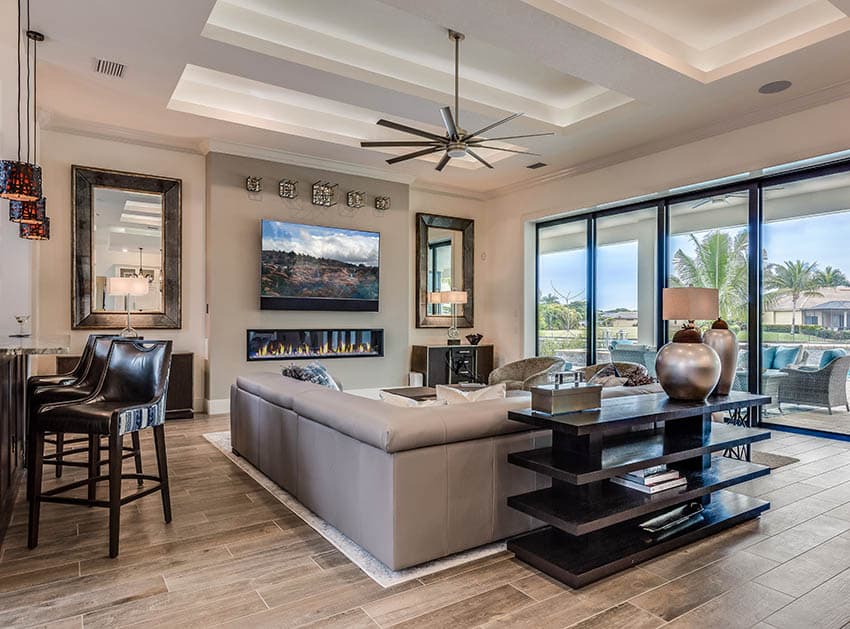
Aside from the color choice, you’ll also have to decide whether to paint your walls the same color as your ceiling or use a different color. Deciding between painting a ceiling with the same color as your walls or going with a different shade entirely can be a dilemma that puts your remodeling or building project at a standstill.
Understandably, you’ll want the right design decision, as colors can enhance or ruin your built space’s look. If you’re having a dilemma, it’s best to know the pros and cons of painting a ceiling with the same color as your walls, which can help you resolve this important design decision.
Key Takeaways:
Advantages of Painting Ceilings Same Color as Walls:
- Unity and Cohesion
- Room Perception
- Easy Color Scheme
- Stylish Look
Disadvantages of Painting Ceilings Same Color as Walls:
-
- Risk of Overwhelming the Space
- Can Miss Out On Depth and Dimension
- Imperfections Can Be Visible with Darker Shades
Painting Ceiling the Same Color as Walls Pros
Bedroom with light gray walls and ceiling and white molding. See more bedroom paint color ideas here.
Creates Unity in the Design. The same color for ceilings and walls can create a cohesive, unified design. When lighter hues are used, it can create a more open and spacious feel. Alternatively,
Cost-Effective. Finding ways to stretch out your budget may be the most attractive benefit of having your walls and ceiling with the same color.
This means you don’t have to spend valuable time achieving a perfect line between your ceiling and wall color, as cutting in or freehand painting takes much time and skill. Taping, meanwhile, shouldn’t be rushed since paint can bleed to the tape from the ceiling to your walls.
With one color, you don’t have to spend on added labor costs or worry about which colors to match.
Faster Turnover. In connection to having a cost-effective painting job, this also cuts the time you spend on painting your walls and ceilings. You don’t need hours to perfect a straight line between your ceiling and walls and the daunting task of finding the perfect color combination.
Creates an Illusion of Space. Light and color have a peculiar way of deceiving our perception, which applies suitably in designing interiors. If you want to add depth to your space, use darker hues, as the tone will allow your eyes to perceive a receding space.
If you’ve got a space-starved room, a monotonous color of ceiling and walls will make your space look larger than it seems.
White and lighter hues are advisable, especially if you have a limited natural light source. The lighter colors magnify the light source and distribute almost evenly on your entire room thus giving an impression of having a larger space.
Makes a Room Look Clean and Relaxed. When you want a crisp-looking interior in a room, go with a wall and ceiling with the same hue.
Select lighter hues to create a more relaxing ambiance, and the safest bet would be white and other light neutral hues as darker colors of the spectrum can make a room look dingy and heavy.
Allows Other Elements to Pop Up. Creating balance in a room is crucial to achieving a good-looking interior, which means you’ll need a focal point. It also requires elements to be cohesive and not clash or overshadow other design elements.
For instance, if you want to highlight your gorgeous kitchen shaker cabinets, it’s a good rule of thumb to have your walls and ceiling lighter or darker with one color tone so your furniture can stand out.
This is also an opportunity to create a blank canvas for more intricate and notable décor items without overwhelming the interior space.
Also, with a stunning floor tile or wood material, having a monochromatic wall and ceiling means you can showcase your floors without worrying if they go with your ceiling color.
Create an Interior Suited to the Times. As they say, less is more. A monotonous look with the largest area in your room creates a simple, clean-cut stylish look.
Modern homes allow a few décor elements with a monotonous color scheme, and if you love the minimalist look, then going with one color with your ceiling and wall is the best option.
Expansive high-ceiling living room with the same color paint for the walls and ceiling. See more living room paint color ideas here.
Painting Ceiling the Same Color as Walls Cons
Obscure a Gorgeous Ceiling Molding. While a monotonous background allows other elements to be highlighted, it can also make other important ceiling details disappear, such as a coffered ceiling or molding.
Can Make a Room Look Cold and Lifeless. It takes a good visual perception to get all the elements together, and choosing your ceiling and the wall color is just one aspect of the numerous design decisions.
When you fail to add contrast to your interior, it can look stark and unexciting, especially when using pale, neutral colors.
Can Make a Room Overbearing. Like choosing a light color that makes a room look bare, having the same bold color from your ceiling down to your walls can be overwhelming and heavy. Avoid using black or darker shades if you have a small to medium-sized room.
A Challenge to Find Décor and Furniture. Having a monotonous color scheme with your ceiling and wall means you’ll need to make up for the bareness of the space through furniture and décor. The challenge is finding the pieces that will go together well without clashing when placed in one space.
Can Show Imperfections: This can make texture problems, cracks, and other blemishes more visible, especially with darker hues.
Painting the Ceiling and Walls Takeaway
As personal difference plays a major role in your decision, it’s also wise to consider the design rules when it comes to your interior that saves you a lot of headaches and money in the long run.
There are two factors to consider when choosing between painting a ceiling with the same color as your walls, which is the size and lighting of your room.
Painting Tip: If you have an expansive room with high ceilings, a different shade for your ceiling is a great idea and can even showcase your outdoor views if you have a tall window as it draws the eyes upward. This also means you have plenty of natural lighting to soften and balance your room.
For small spaces, you may want to do away with a colored ceiling, as it can shrink your vertical space. If you still love the idea, opt for a lighter shade for your ceiling with the same undertones as your ceiling color.
Using the same paint finish for both elements can help create cohesion and help them feel visually connected. For a slight contrast, go one finish level up or down for either to create a subtle difference.
For more related ideas, visit our article about the best kitchen paint colors.

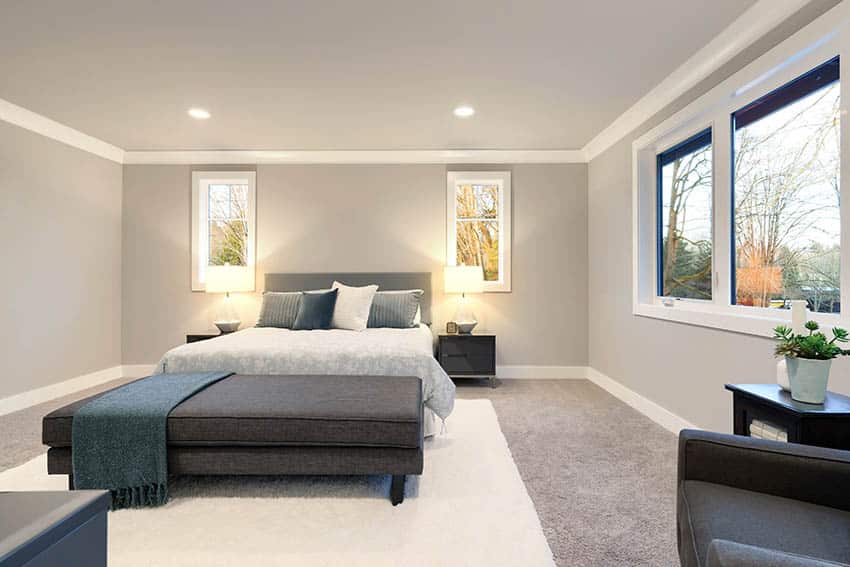
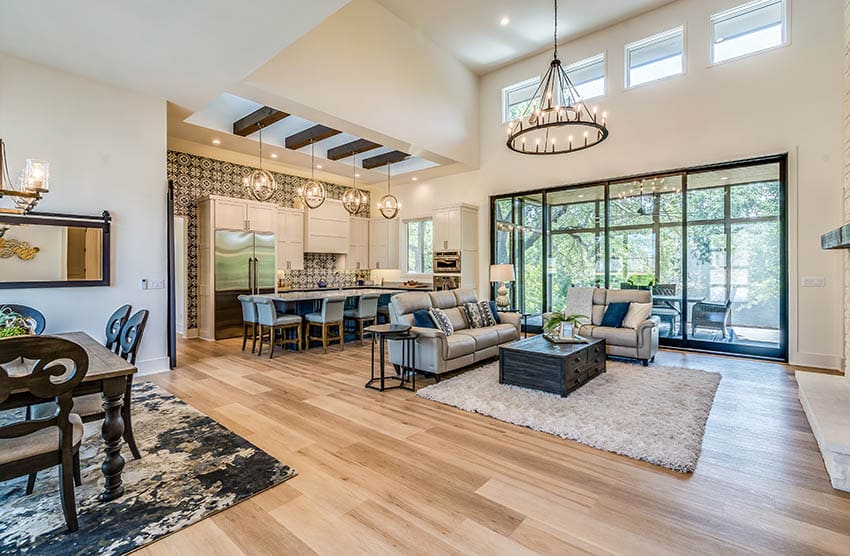
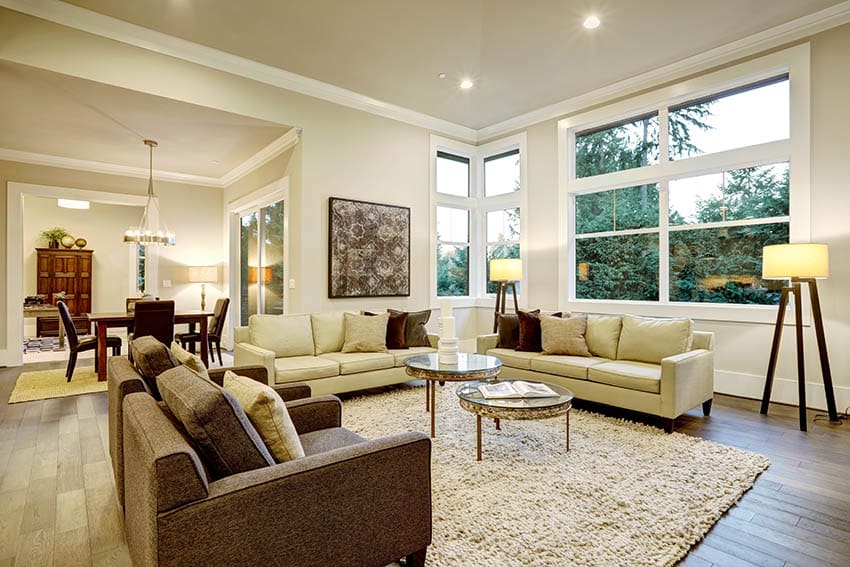

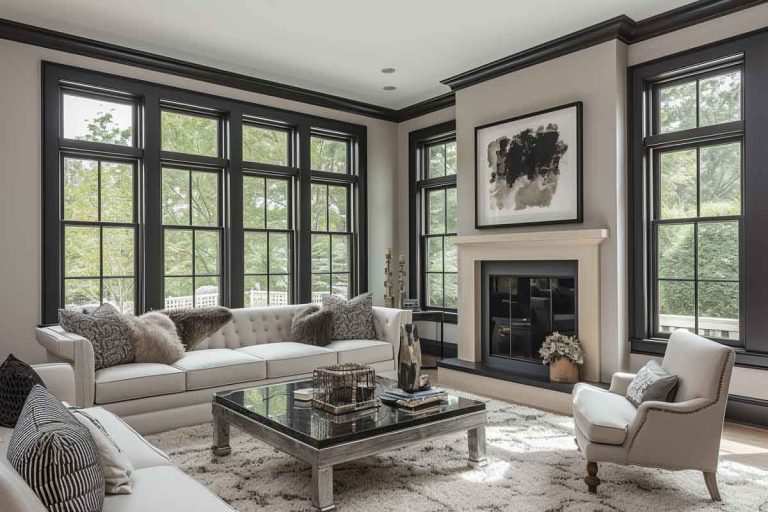
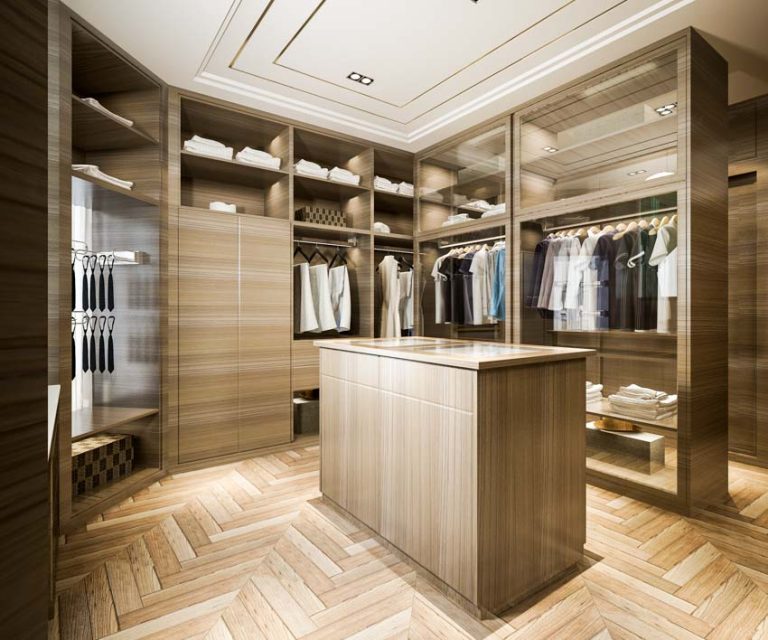
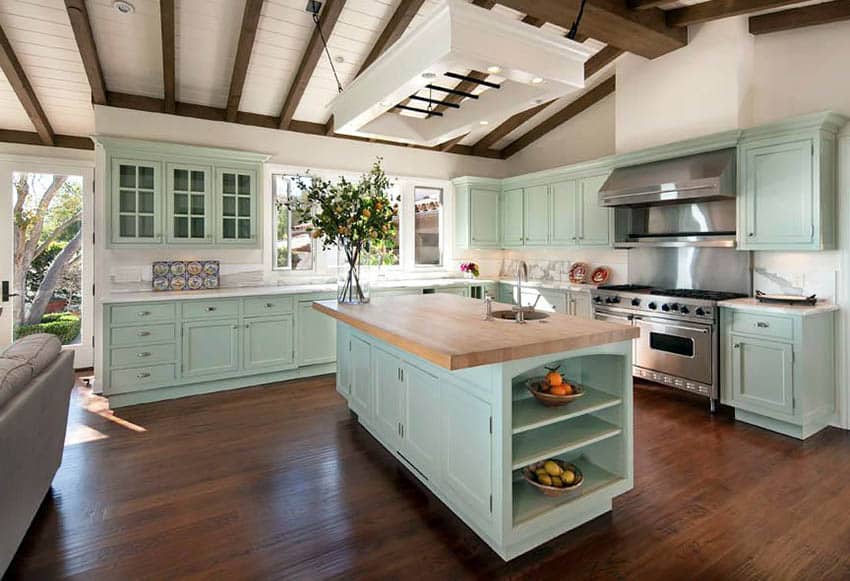
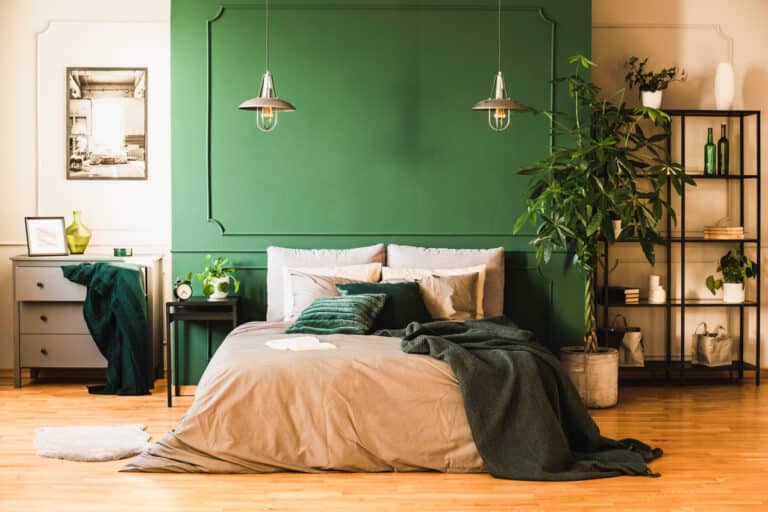
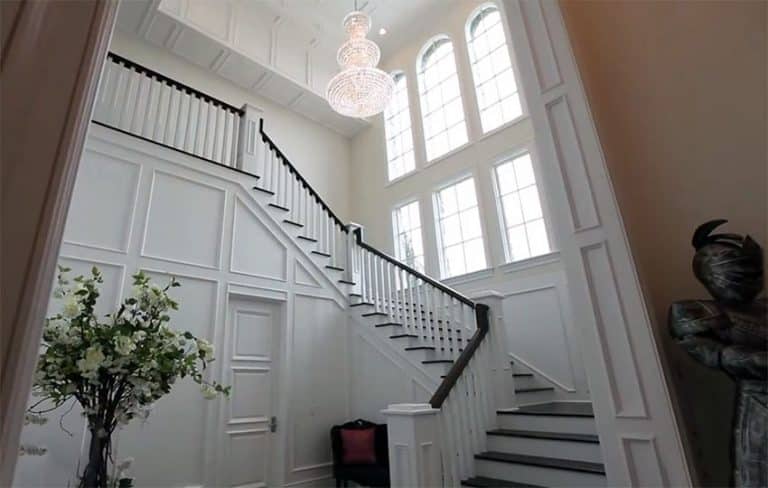
I’ve been using this trick for years. I like painting the ceiling of smaller rooms the same color as the walls because it makes them look bigger. Another tip I like to use is add some crown molding. Both of these options are a great way to make a bedroom or bathroom appear larger than it really is.